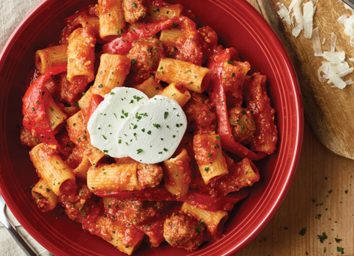I Have Type 2 Diabetes and Here's What I Eat to Live Better
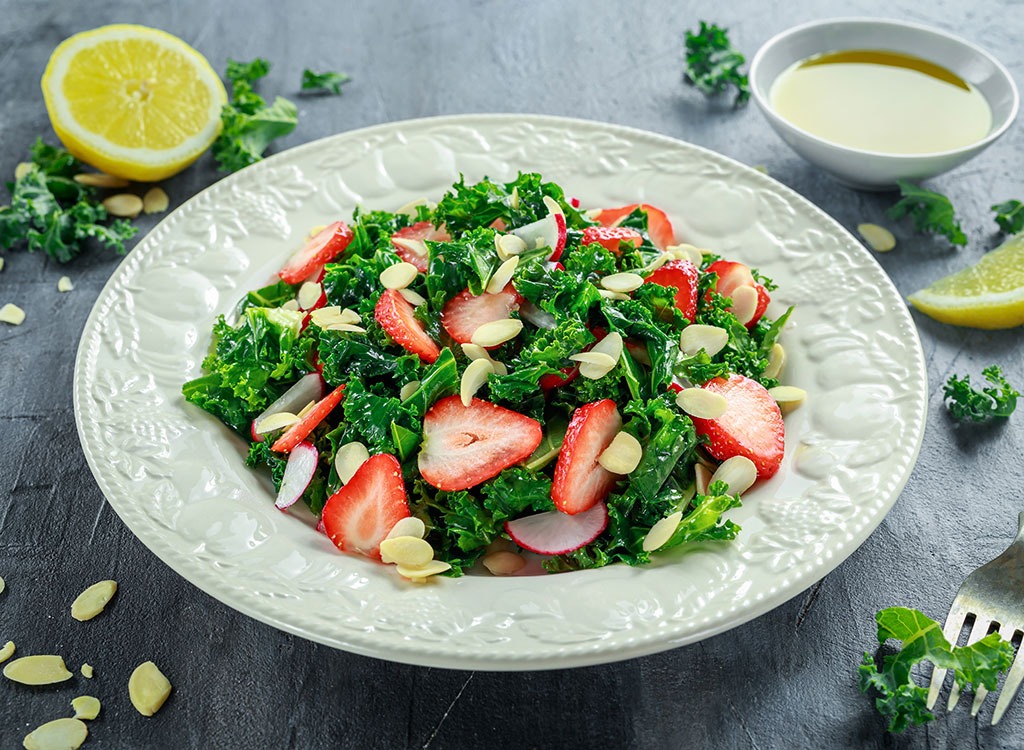
Managing type 2 diabetes requires a careful combination of lifestyle factors, such as regular exercise, losing weight, and taking the proper medication. But, perhaps the most important step in fighting this disease is taking control of what you eat regularly.
After all, your diet not only affects your body weight—obesity is the main cause of developing type 2 diabetes—but it also impacts your blood sugar levels, which is essential to managing this metabolic disease. Eating the right foods will help to prevent blood sugar spikes (and dips) and keep your body weight in a healthy range.
Luckily, you can help control your diabetes by adopting a healthier lifestyle and making better food choices. Diabetes patient Seavey Bowdoin, 49, was able to put his diabetes in remission by changing what he eats. After Bowdoin completed the Why WAIT (Weight Achievement and Intensive Treatment) program, a 12-week intensive program focused on weight control and diabetes management, he has adopted healthier food habits. He revealed to Eat This, Not That! what he eats on a daily basis, including meals and snacks, and how he maintains his blood sugar and weight.
To review just how well Bowdoin's diet can help to curb his diabetes symptoms and to identify any room for improvement, we reached out to a Certified Diabetes Educator (CDE) and Registered Dietitian Nutritionist (RDN), Erin Spitzberg, who is the program manager at Fit4D, for her expert verdict for each meal and snack Seavey eats. Bowdoin and Spitzberg's tips, along with the 26 Best and Worst Foods for Diabetics, can help you take control of your diabetes once and for all.
Eat 5 Meals a Day
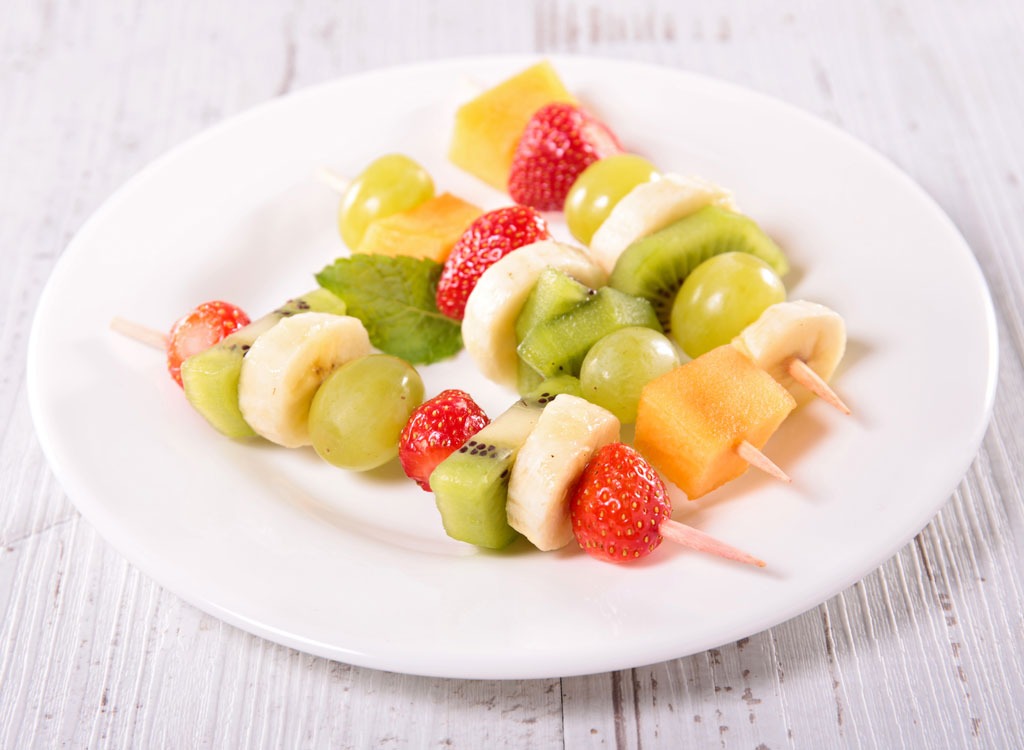
"Since graduating from the Why WAIT program last year, I tend to stick to the five daily meals (breakfast, snack, lunch, snack, dinner) because my body has learned to expect it," Bowdoin says. "It's funny how your body will remind you when it is snack time vs. full meal time."
The Dietitian's Verdict
Spitzberg says Bowdoin is on track with this way of eating. "People are often afraid to eat five times per day or include snacks in fear they will gain weight," she explains. "They try to eat less, but [they actually] eat more calories in the end because their blood sugar goes low and they overeat. When it comes to weight loss and controlling blood sugar, eating more (times per day), means eating less (calories)."
Eat a Well-Rounded Breakfast
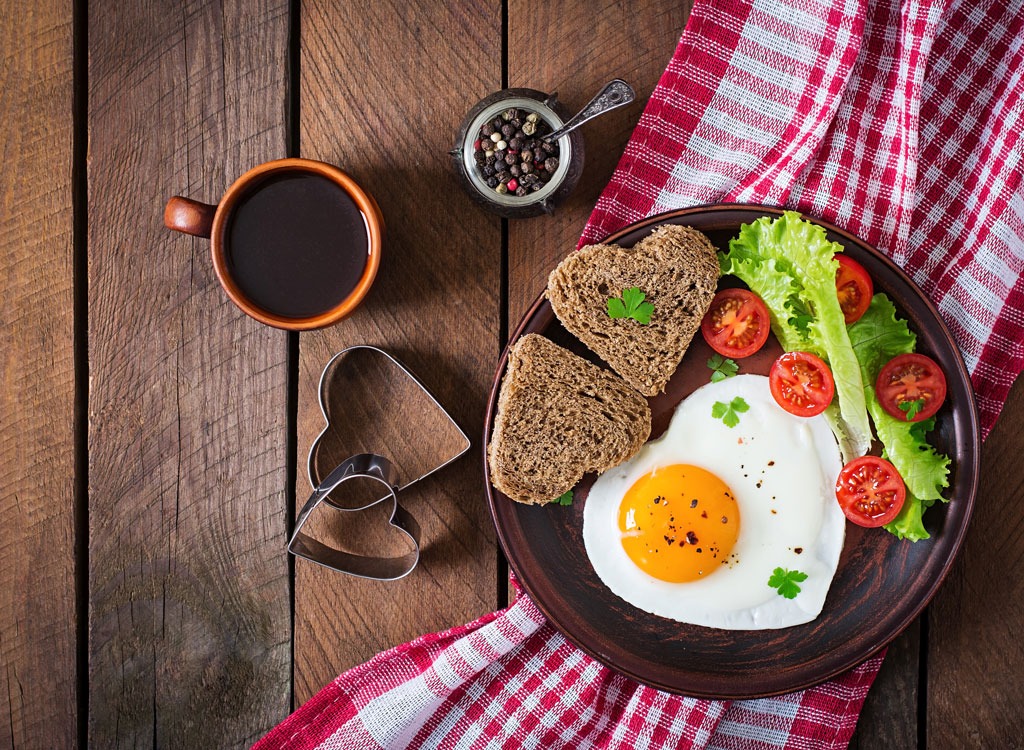
Bowdoin's breakfast depends if he's in a rush or has time to make something a little more elaborate. "Always either a glucose-friendly meal replacement shake if I'm in a rush, egg whites with a mini bagel or Van's whole grain waffles if not," he explains. "For butter, I always use Brummel & Brown, which is super tasty and yet pretty good for me. It's amazing and a life saver."
The Dietitian's Verdict
Spitzberg agrees that breakfast is essential for diabetics. "Eating a filling breakfast is an essential way to start the day. Adding a little fat for added satiety can help," she explains. "Egg whites with one whole egg or Van's whole grain waffle with 1 tablespoon of natural peanut butter or almond butter both have the protein Bowdoin is looking for, but add approximately five grams of fat, which will help keep him full a little longer. A meal replacement is a good on-the-go choice, but I would suggest grabbing a piece of fruit, even a small banana (yes, people with diabetes can eat bananas!) for some added fiber."
Swap Fries for Veggies
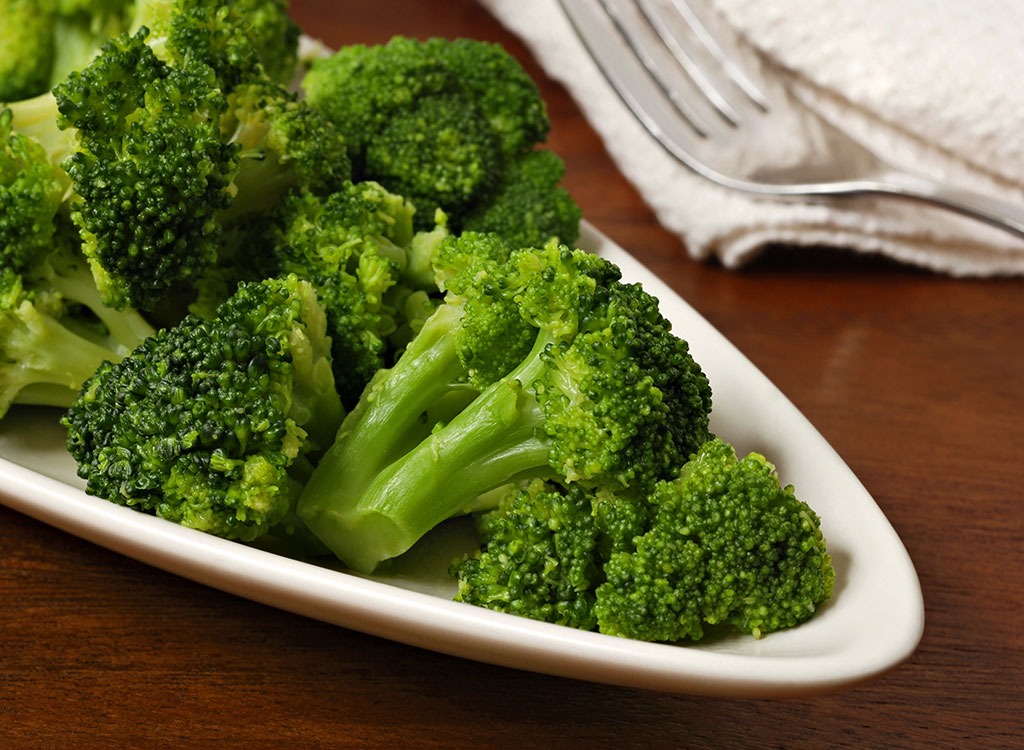
For lunch, Bowdoin almost always opts for a salad because he said it's easy to control portions and ingredients. "When treating myself in a restaurant, I like a good turkey burger on wheat toast. Get veggies instead of fries. Though sweet potato fries are pretty awesome, so if you get some, eat a few but not all of them."
The Dietitian's Verdict
Spitzberg says that while Bowdoin is making good lunch choices, salads can be tricky if you're not paying close attention to the ingredients. "For example, hard-boiled egg, avocado, cheese and nuts can all be healthy ingredients, but the calories can add up quickly," she cautions. "If SB is making his own salad, he can choose more veggies and lean protein. Salads from restaurants contain higher calorie ingredients with larger portions. Making modifications when eating out should be considered."
Choose a Lean Protein for Dinner
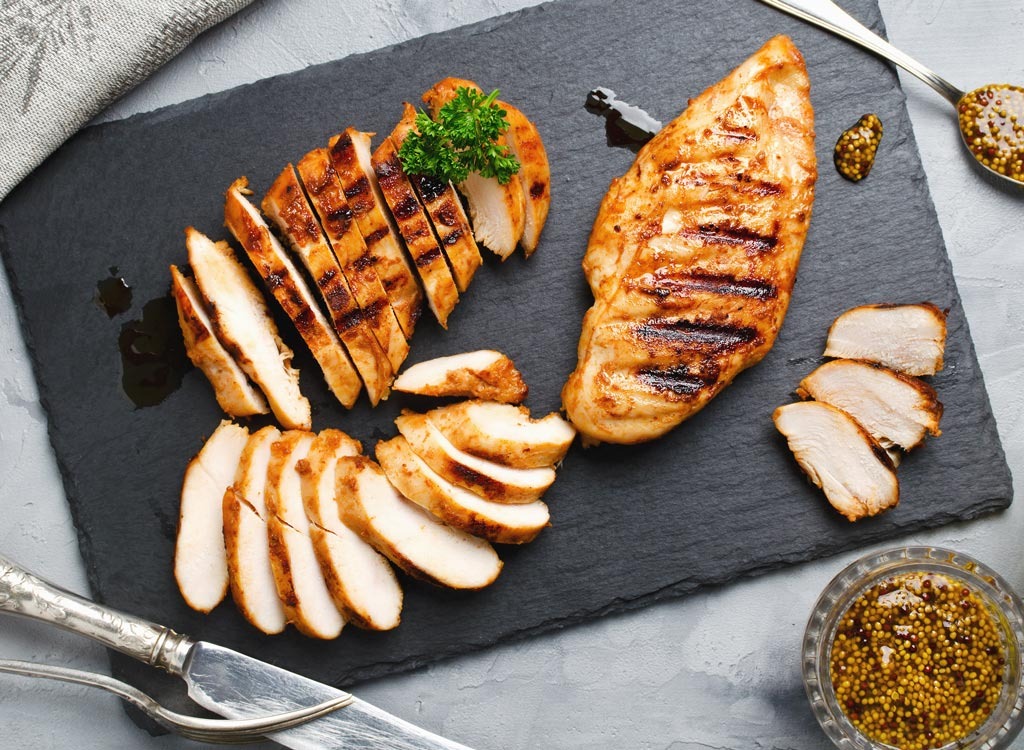
For dinner, Bowdoin almost always has a piece of meat such as a lean steak, chicken breast, or pork chop along with a vegetable or baked potato. "If choosing the potato, I always use Brummel instead of regular butter or margarine," he explains. "Occasionally we will make a thin crust pizza, preferably on wheat. When eating out, I stick with interesting salads. If having a drink, I stick to a light beer, white wine, or a whiskey/diet drink."
The Dietitian's Verdict
Spitzberg agrees that Bowdoin is making good dinner choices. "A combination of a lean protein, veggie, and small amount of starch if desired represents a well-rounded meal," she explains. "Feel free to double up on the veggies. A salad plus a cooked veggie is even better. "
Snack on Fruit and Nuts
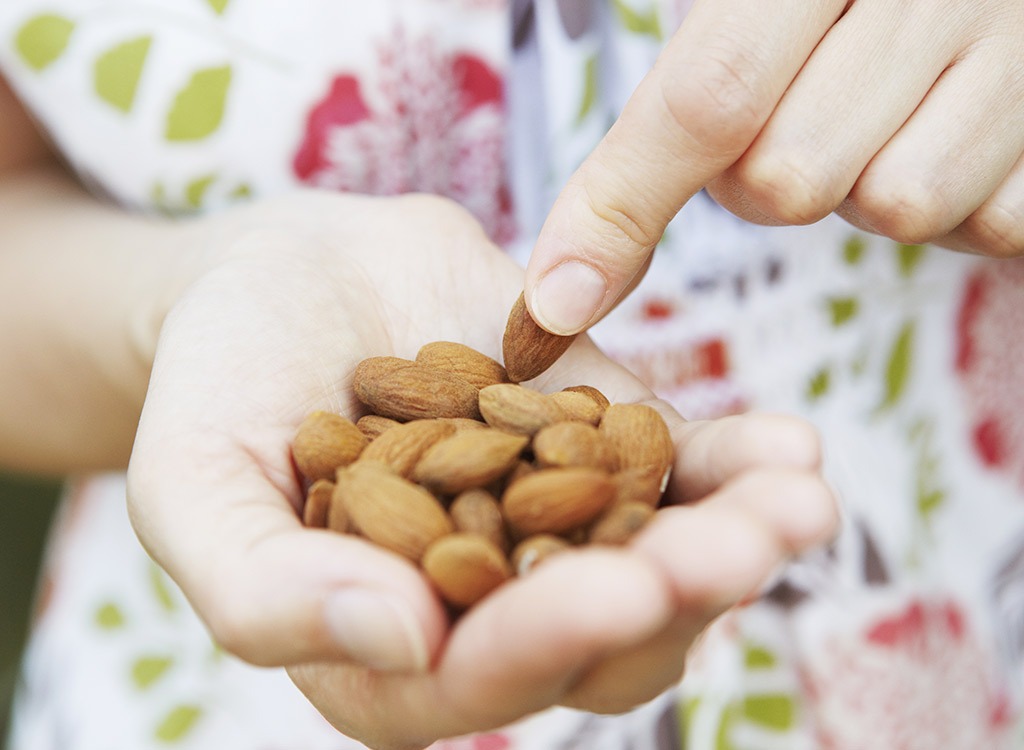
When it comes to snacks, Bowdoin either reaches for a Zone Perfect bar when he's at work or an apple and nuts when he's home.
The Dietitian's Verdict
Spitzberg cautions against meal replacement bars for diabetics."Many bars, including Zone bars, are glorified candy bars. Zone bars are high in sugar and carbohydrates and contain no fiber," she explains. "For travel, I would suggest Bowdoin make his own trail mix by using slivered almonds or chopped walnuts, a high-fiber, low-sugar cereal such Trade Joe's High Fiber or Kashi Go Lean and unsweetened coconut. Make a large container, portion out in 1/2 cup servings, and place in ziplock baggies so they are easy to grab and go. If SB wants to have a bar, Kashi Go Lean has lower sugar and carbohydrate bars that contain more protein and fiber than most other bars." Check out our list of the 25 Best & Worst Low-Sugar Protein Bars for more options.
"For other snacks, I would also recommend using low-sugar yogurt such as Siggi's or veggies with hummus, peanut butter with no added sugar, or even guacamole," she explains. "Soups such as Pacific, Imagine and Trader Joe's can also be considered, especially on a winter day."
Stick to a Daily Calorie Goal
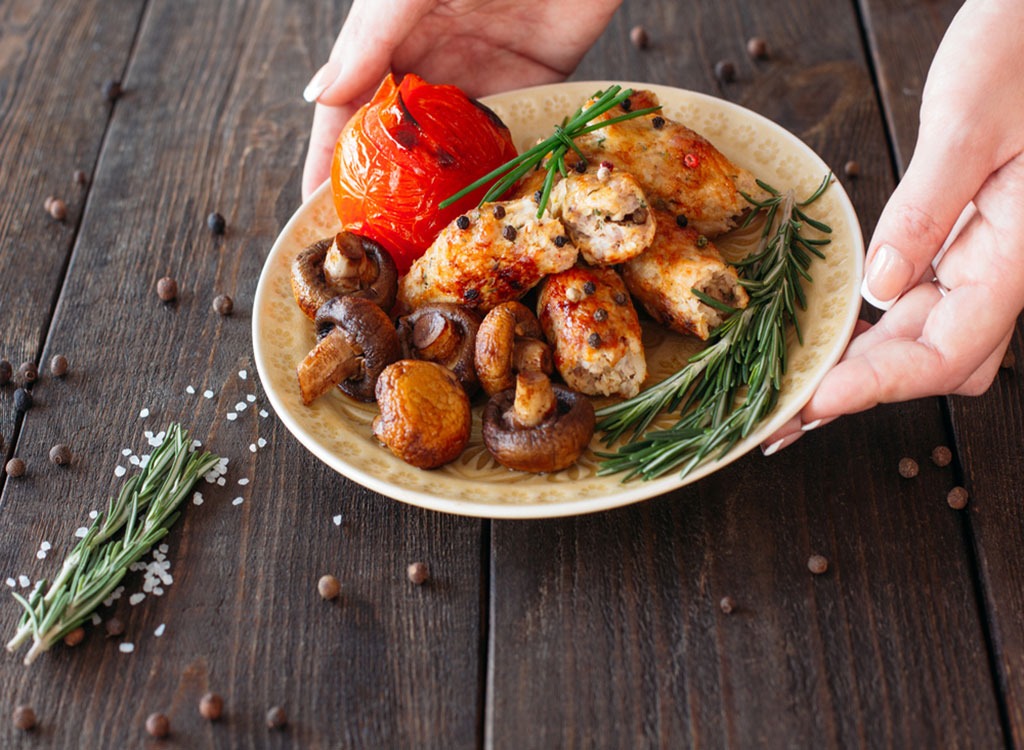
Although he's not as strict as he was when he started the Why WAIT program, Bowdoin eats between 1,500-2,000 calories a day, on average. "I have days when I stick to the program strictly (coming in at 1,500-1,800) and other days when I treat myself to some cheating. Weighing myself each morning reminds me when I might have been too generous the day before."
The Dietitian's Verdict
But Spitzberg says it's not necessary to weigh yourself every day, "If he finds weighing himself daily keeps him in check then I say, go for it," she explains. "Some people find daily weighing to be nerve-wracking. If so, I would recommend sticking to a once per week schedule."
Ditch Sugary Beverages

Bowdoin has made major changes to what he eats, such as swapping deep dish pizza for whole wheat thin crust, eating a salad at a Mexican restaurant and choosing quinoa or brown rice over white rice. He's also limited the number of sweets and sugar drinks.
"I rarely have desserts anymore," he says, "If I drink alcohol, it is always of the light variety — none of those fancy craft beers for me. For juices, I stick to 0 calorie choices. I like Vitamin Water Zeros. Diet sodas only, my favorite being Cherry Coke Zero. I drink water all the time."
The Dietitian's Verdict
Spitzberg says his sense of moderation is right on target. "Rarely is the key word here," she explains. "It's impossible to think you will never have dessert again, so I like the fact that Bowdoin doesn't avoid dessert altogether. Finding a healthy balance is key." In fact, thinking that you have to give up carbs completely is one of the 14 Myths About Diabetes Treatment.

